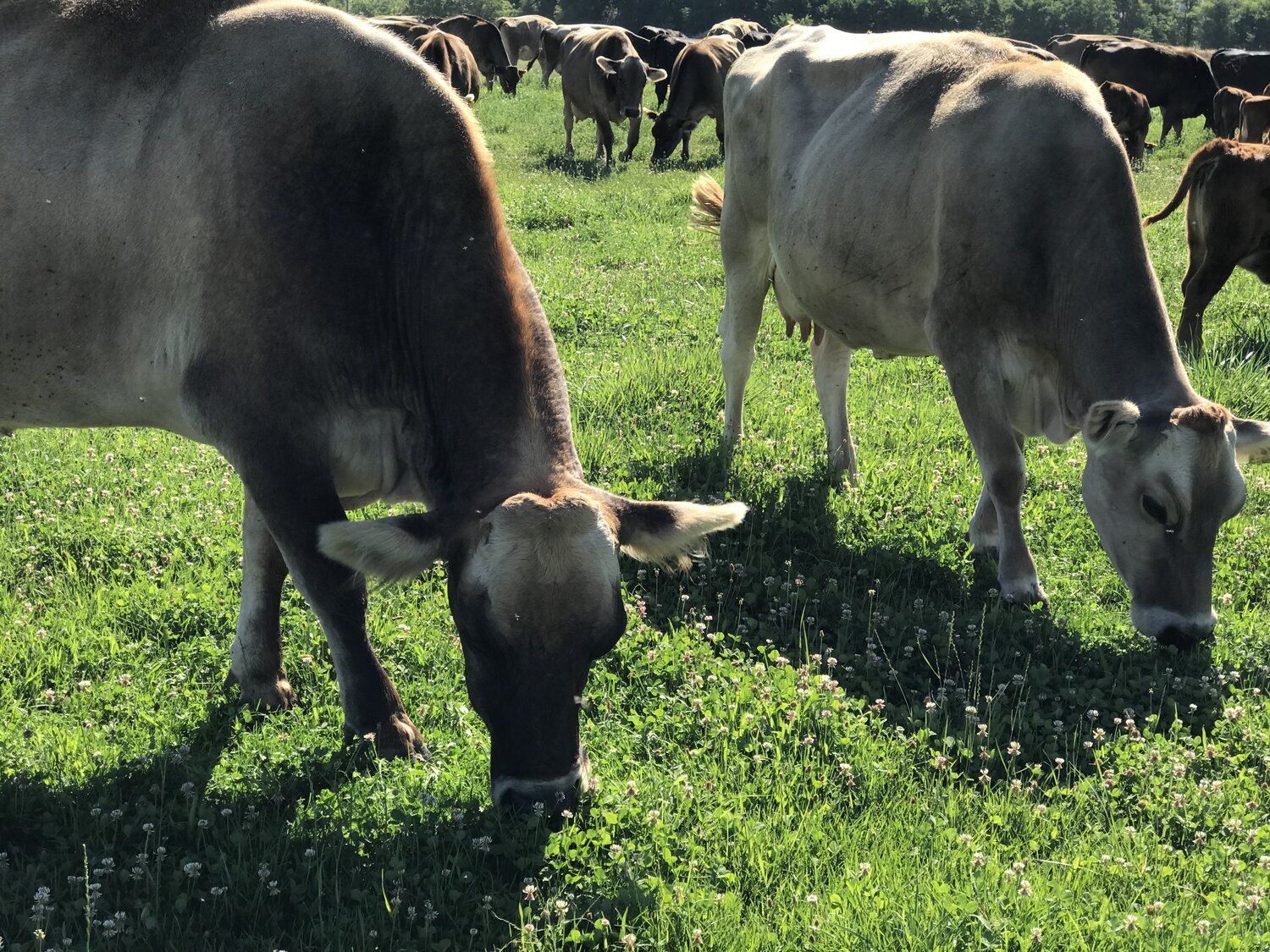Our food systems have been stretched to the edge of their capacity in recent years, due to climate, illness, and geopolitical conflict.
Increasingly, people are searching for local food providers who tend their soil with care, knowing that healthy food comes from healthy soil.
Modern mega-agribusinesses have traded profitability for soil health, a choice that’s had disastrous effects on soil health and has unfortunately impacted our bodies. The chemical-laden agribusiness strategies strip the soil of nutrients and poison our bodies.
There is another way! There is another way that also provides for the farmer by increasing the amount of food they can provide.
And it all starts with the soil.
Nicole Masters’ book is available on Amazon.
“‘For the Love of Soil’ is a land manager’s roadmap to healthy soil, revitalized food systems in challenging times. This book equips producers with knowledge, skills and insights to regenerate ecosystem health and grow farm profits.”
Soil expert and agroecologist Nicole Masters has created a platform around soil regeneration, and she works with farmers to educate them on creating the best possible soil on their land.
Masters’ work equips farmers to reduce their chemical load into the soil and regenerate richness in the soil without impacting the farmer’s bottom line.
“This book translates the often complex and technical know-how of soil into more digestible terms through case studies from regenerative farmers, growers, and ranchers in Australasia and North America. Along with sharing key soil health principles and restoration tools, For the Love of Soil provides land managers with an action plan to kickstart their soil resource’s well-being, no matter the scale.”
At Saint John’s Organic Farm, we actively educate ourselves on soil health, and our regenerative farm utilizes grazing practices that steward the health of our soil for future generations!






































